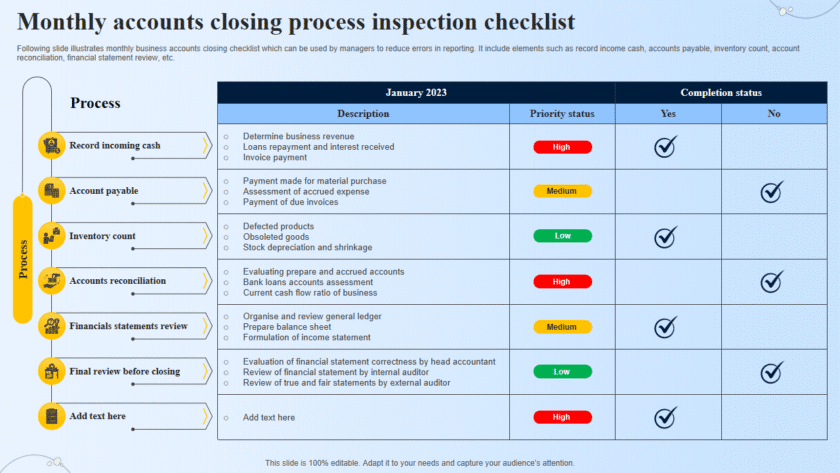Here’s a practical guide to the essential web security measures every online business should implement to protect customer data, maintain trust, and prevent cyberattacks:
🔐 Essential Web Security Measures for Online Businesses
✅ 1. Use HTTPS with SSL/TLS
- What it does: Encrypts data transmitted between the user and your website.
- Why it matters: Prevents hackers from stealing sensitive info (like passwords or credit card details).
- How: Get an SSL certificate and enable HTTPS on your site.
Bonus: Google boosts SEO rankings for HTTPS-enabled sites.
✅ 2. Strong Authentication and Access Control
- Require strong passwords and encourage two-factor authentication (2FA).
- Limit access to backend systems (admin areas, databases) by role and necessity.
- Avoid default admin usernames like “admin” or “root.”
✅ 3. Keep All Software Updated
- Regularly update your CMS (like WordPress), plugins, themes, and server software.
- Enable auto-updates where possible to reduce human error.
- Outdated software is a major entry point for hackers.
✅ 4. Install a Web Application Firewall (WAF)
- Filters and blocks malicious traffic (e.g., SQL injection, cross-site scripting).
- Available as cloud-based (like Cloudflare) or on-site solutions.
✅ 5. Use Secure Payment Gateways
- Don’t store credit card info directly on your servers.
- Use PCI-DSS-compliant payment processors (e.g., Stripe, Paystack, Flutterwave).
- Display trust badges to boost customer confidence.
✅ 6. Regular Backups
- Automate daily or weekly backups of your entire website and databases.
- Store backups on secure, off-site servers or cloud storage.
- Backups help you recover quickly from ransomware or data loss.
✅ 7. Input Validation & Data Sanitization
- Prevent attacks like SQL Injection or XSS by validating user input.
- Never trust data from forms, URLs, or external sources without checking it.
✅ 8. Monitor and Log Activity
- Enable activity logging to track:
- Login attempts
- File changes
- Admin actions
- Use monitoring tools to get alerts about suspicious behavior in real time.
✅ 9. Implement Security Headers
- HTTP headers like Content Security Policy (CSP), X-Content-Type-Options, and X-Frame-Options protect against various attack vectors.
✅ 10. Educate Your Team
- Train staff on phishing, password management, and how to recognize suspicious activity.
- Security is only as strong as the least-informed team member.
🚨 Bonus Tips:
- Disable directory listing on your web server.
- Restrict file upload types and scan for malware.
- Use CAPTCHA to prevent bots and brute-force attacks.
🔚 Final Thought:
Web security is not optional—it’s a necessity. Implementing even basic security measures can protect your online business from devastating cyber threats and build trust with your users.






